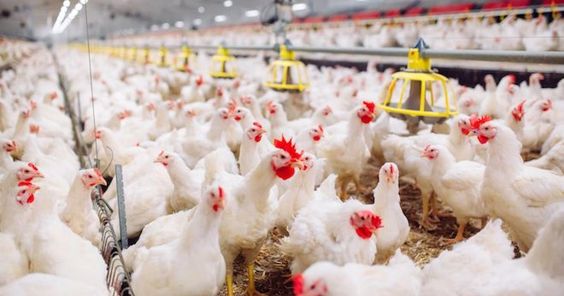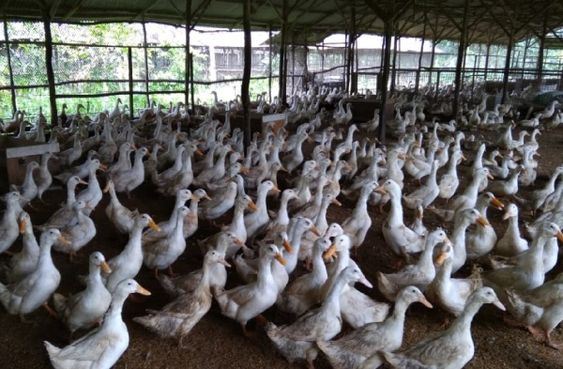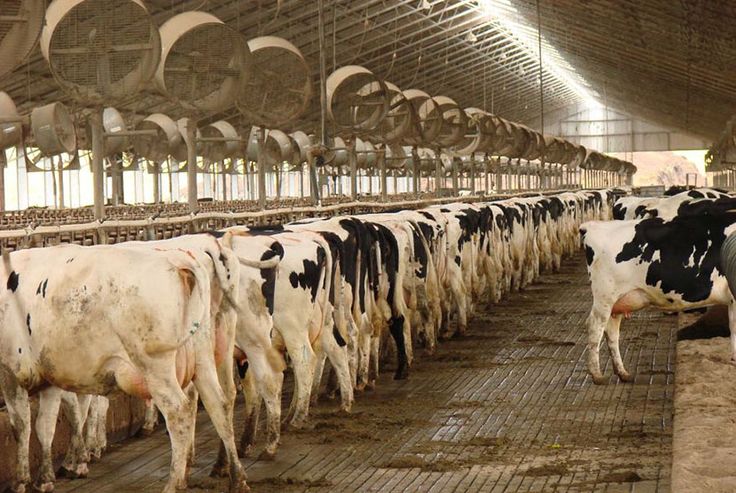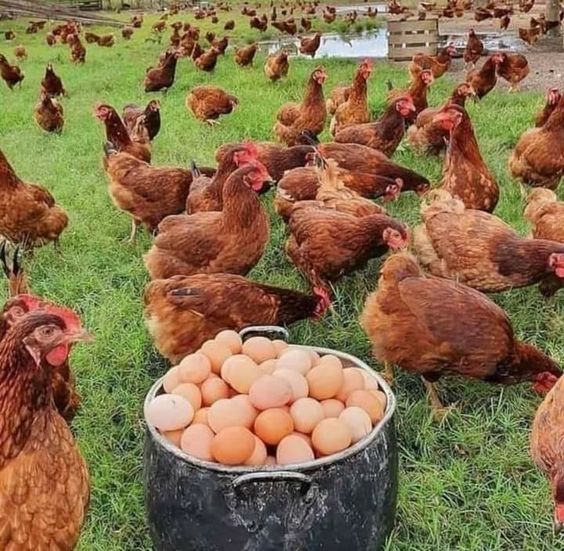Chicken Fattening: A Guide to Raising Healthy, Meaty Birds
Chicken Fattening,Raising chickens for meat is a rewarding experience, providing a source of fresh, delicious protein for your family or homestead. However, achieving optimal growth and meat quality requires specific techniques during the fattening period. This guide explores chicken fattening, delving into essential aspects like diet, housing, management practices, and potential health considerations.
Understanding Chicken Fattening:Chicken fattening, also known as finishing, refers to the period where chicks transition from the grower stage to slaughter weight. Typically lasting 4-6 weeks, this crucial phase focuses on maximizing muscle and fat deposition for a good meat yield.
Breeds Suitable for Fattening:Not all chicken breeds are ideal for meat production. Broiler chickens, specifically bred for rapid growth and meatiness, are the preferred choice. Popular broiler breeds include Cornish Cross, Cobb 500, and Red Broilers. These breeds achieve slaughter weight quickly, making them commercially viable for meat production.
Feeding for Optimal Growth:
Chicken Fattening,Diet plays a pivotal role in chicken fattening. Broilers require a balanced feed formulated for their specific needs. Here’s a breakdown of key dietary elements:
- Protein: A critical building block for muscle growth. Look for a feed containing 18-22% protein during the finishing period. Common protein sources include soybean meal, corn gluten meal, and fishmeal.
- Energy: Broilers have high energy demands for fattening. Choose a feed with adequate calories, often derived from corn, wheat, and barley.
- Fats: Dietary fats contribute to healthy weight gain and improve meat quality. Look for a feed with 4-8% fat content, derived from vegetable oils or animal fat.
- Vitamins and Minerals: Essential for overall health and proper nutrient utilization. A well-formulated broiler feed will include essential vitamins and minerals like calcium, phosphorus, and B vitamins.
Feeding Strategies:
- Free-choice feeding: This method allows birds to access feed continuously throughout the day. It’s the simplest approach but can lead to wastage.
- Restricted feeding: This involves providing a set amount of feed at specific intervals. While it reduces waste, it requires careful monitoring to ensure birds receive adequate nutrition.
- Multiple feeding: Splitting the daily feed into several smaller meals helps maintain a constant supply of nutrients and may improve weight gain.
Housing Considerations:
Proper housing is essential for healthy chicken growth during fattening. Here are key factors to consider:
- Coop Size: Ensure there’s adequate space for all birds. Overcrowding can lead to stress, reduced growth, and health problems. A good rule of thumb is to provide 0.8-1 square foot per broiler chicken.
- Ventilation: Proper ventilation is crucial to maintain good air quality and prevent respiratory issues. Allow for fresh air circulation while minimizing drafts.
- Feeder and Waterer Space: Provide enough feeders and waterers to ensure all birds have easy access. Regularly clean and refill them to prevent contamination.
- Bedding: Use clean, absorbent bedding like wood shavings or rice hulls. Change bedding regularly to maintain a hygienic environment.
Management Practices During Fattening:
- Lighting: Broilers typically require 18-20 hours of light per day during the growing phase. Gradually reduce lighting to 14-16 hours during finishing to encourage weight gain and improve feed conversion.
- Temperature: Maintain a comfortable temperature range of 65-75°F (18-24°C) for optimal growth.
- Biosecurity: Implement biosecurity measures to minimize the risk of disease outbreaks. This includes regular cleaning and disinfection of the coop, preventing contact with wild birds, and practicing good hygiene when handling chickens.
Health Considerations in Chicken Fattening:
While maximizing weight gain is important, prioritizing chicken health is paramount. Here are some potential health concerns to be aware of:
- Ascites: A fluid buildup in the abdominal cavity, often caused by rapid growth or heart problems.
- Leg problems: Rapid growth can strain leg development, leading to lameness. Choose breeds known for good leg health and provide adequate space for exercise.
- Heat stress: Broilers are susceptible to heat stress. Ensure proper ventilation and adjust coop temperature if necessary.






